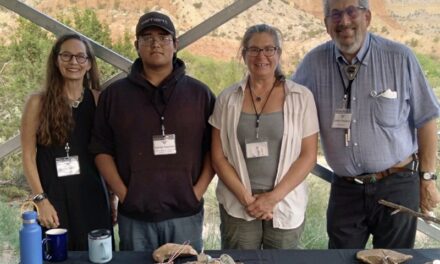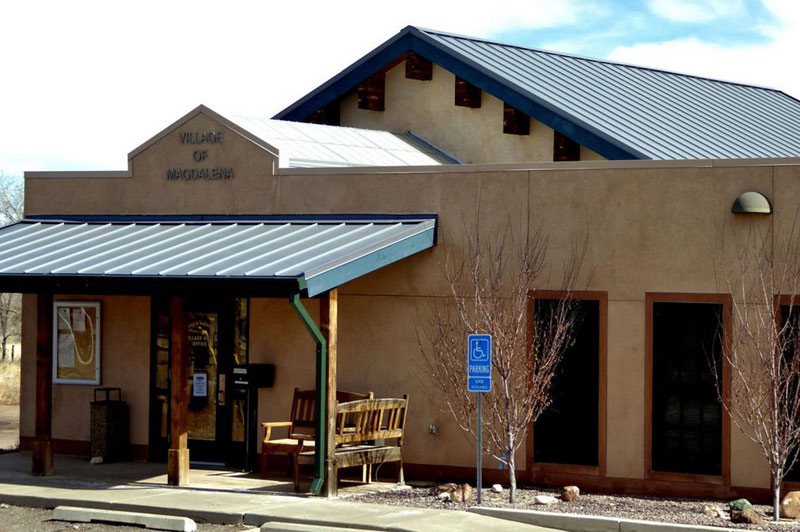
The refuge staff have partnered with the River for Monarchs project, headed by the Institute for Applied Ecology, to design 12 acres of habitat that would support, diversify and increase pollinators at the site currently known as the Observation Blind Trail on Bosque del Apache’s North Tour Loop.
“Our main goal with the project is to support pollinators because they are very important to the ecosystem and very important to humans. Over 80% of plants worldwide require pollination to reproduce, which means making fruit and seeds that we need to eat. So, we want to educate the public on how important pollinators are,” Cari Powell, Arboretum Manager at the Bosque del Apache, said.
With over 200,000 visitors a year, the Bosque del Apache is an ideal location to educate the importance of native pollination diversity.
Some of the target species include a variety of bats, bees, hummingbirds, butterflies and moths. Powell said that the plan is to do the project in four phases, estimating it could potentially be completed in the winter of 2025.
Powell said that the first phase took place last fall with the help of volunteers who planted over 200 pollinator-friendly native shrubs and bushes as well as two species of milkweed. The
Phase three is scheduled for this fall with the planting of 2,500 seedlings. The final phase of building a handicap accessible trail and converting the old observation blind into an outdoor classroom is expected to begin in the winter of 2025. Powell said that after the project is complete, the site will be monitored for two additional years.
“It’s a really cool project that we hope people will come and watch quite literally grow and bloom and attract the native pollinators who have co- evolved with the plants of our region. It’s a steppingstone of helping the ecosystem.” Powell said.
The Bosque del Apache has joined 15 other sites to support monarch and other pollinators including Valle de Oro National Wildlife Refuge, NM Department of Game and Fish, Pueblo of Santa Ana, NM Department of Transportation Region 6, El Rancho de las Golondrinas, Carson National Forest , and the Bureau of Land Management Taos Field Office.
The project is being funded in part by the $58,000 they received from the New Mexico Economic Development Department’s Outdoor Recreation Department Trails+ Grant. The Watermelon Foundation, the Petschek Family and Friends of Bosque del Apache are also supporting the project. They have also partnered and collaborated with dozens of other organizations to make the project happen.
For more information on the project and how to volunteer please visit: https://friendsofbosquedelapache.org/pollinator-project/






















